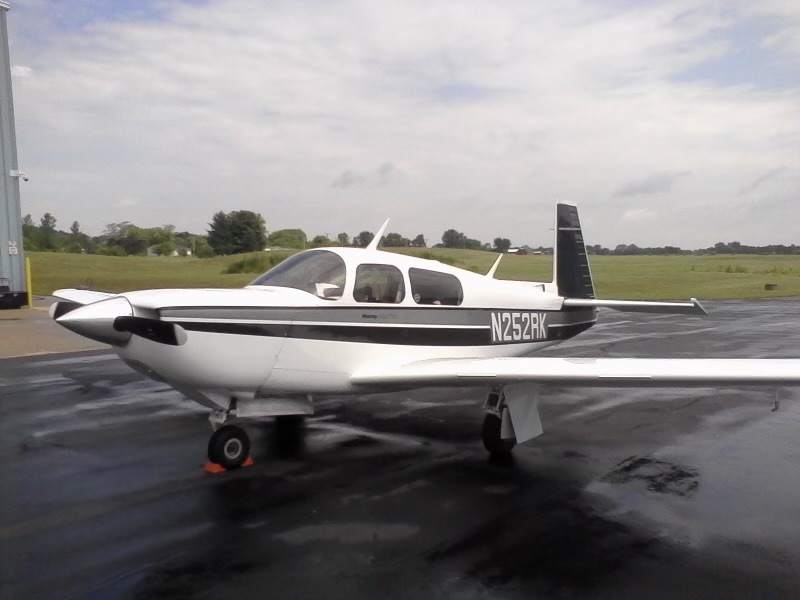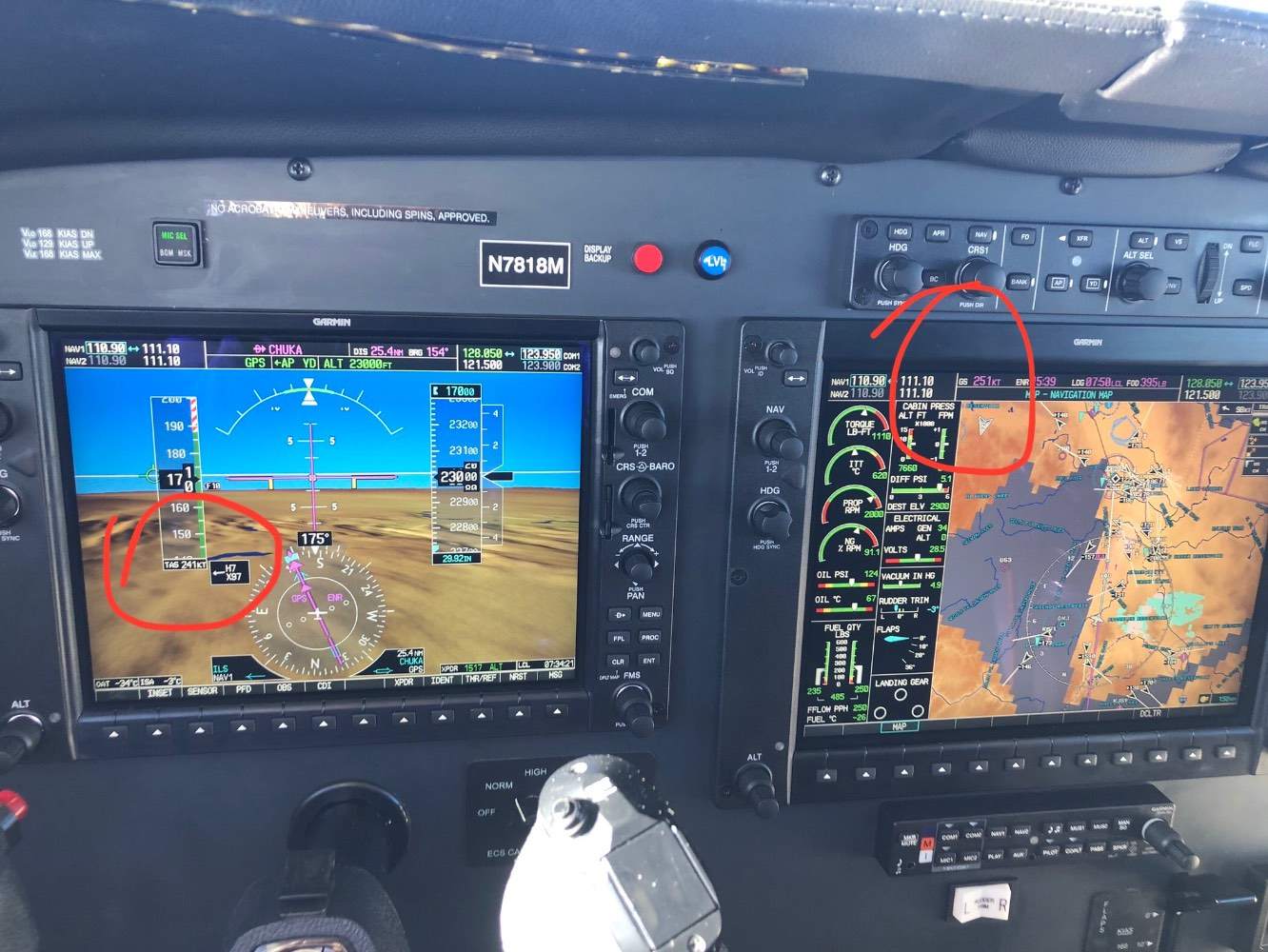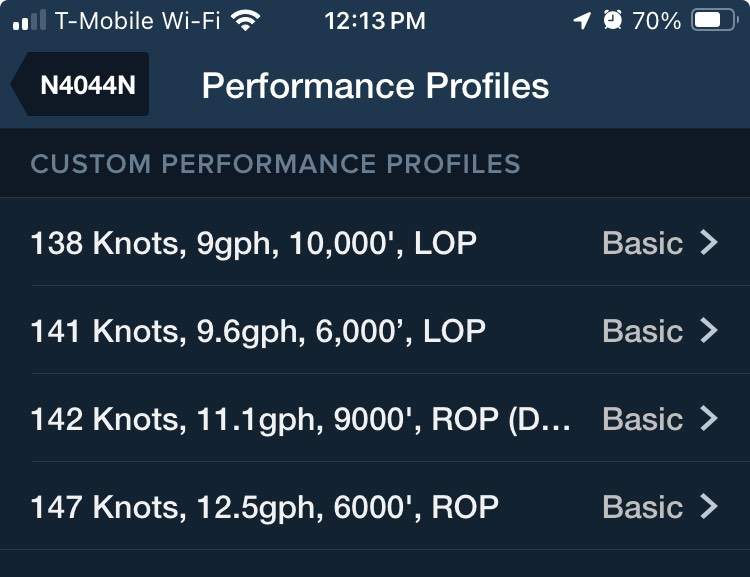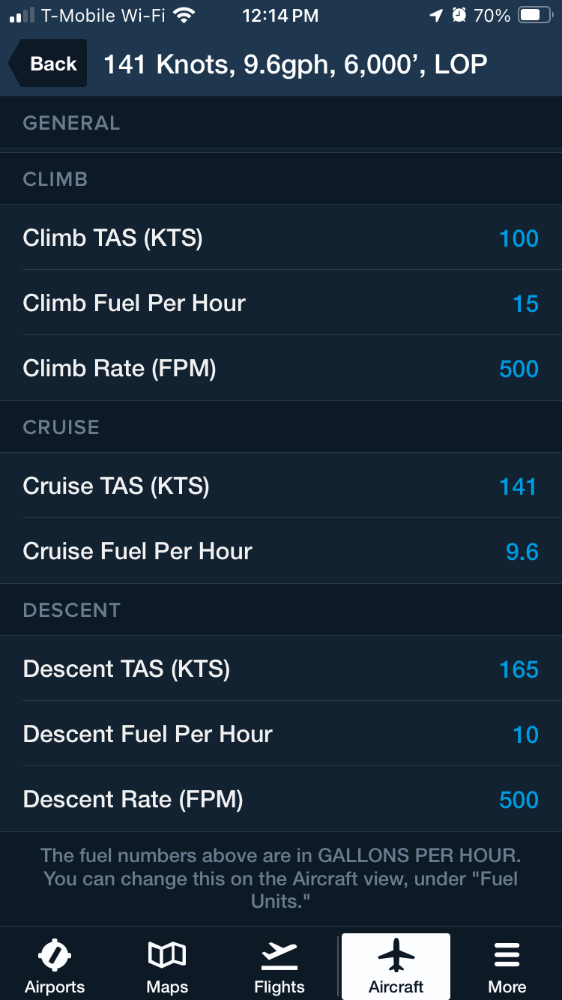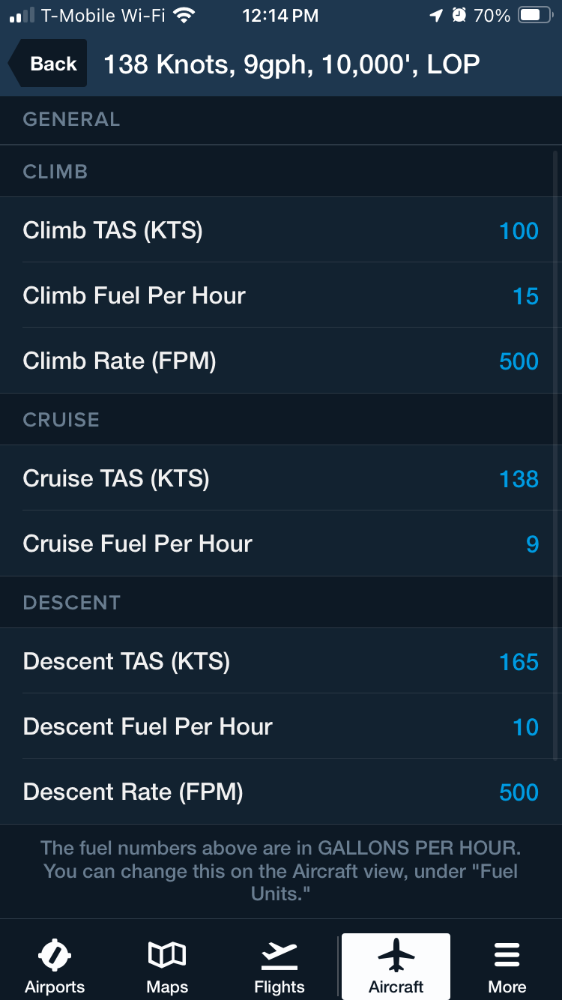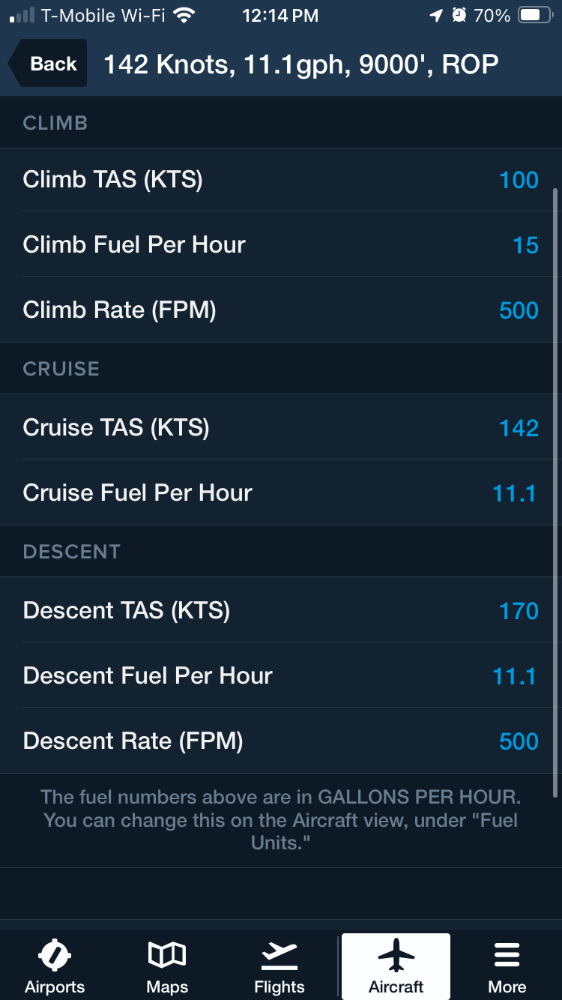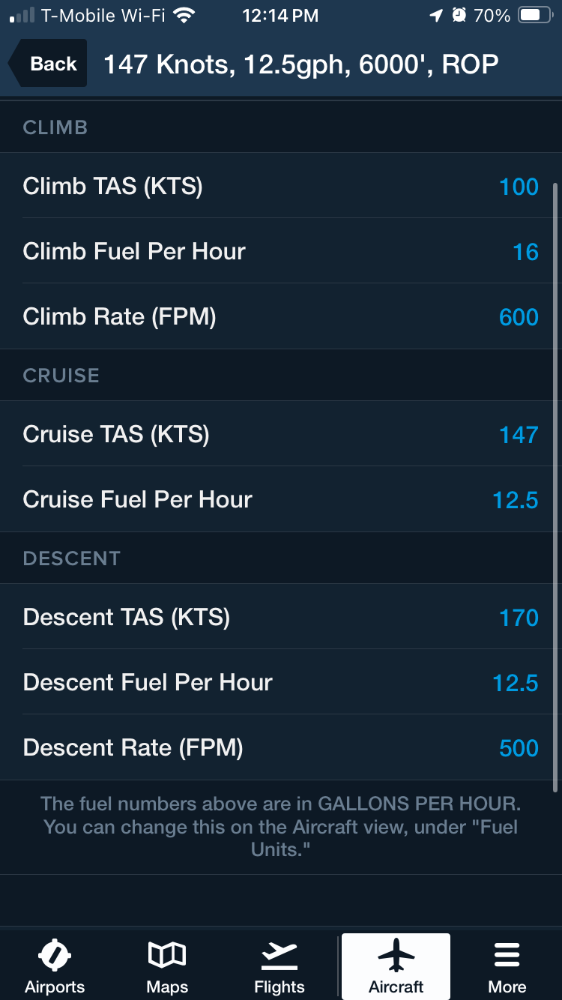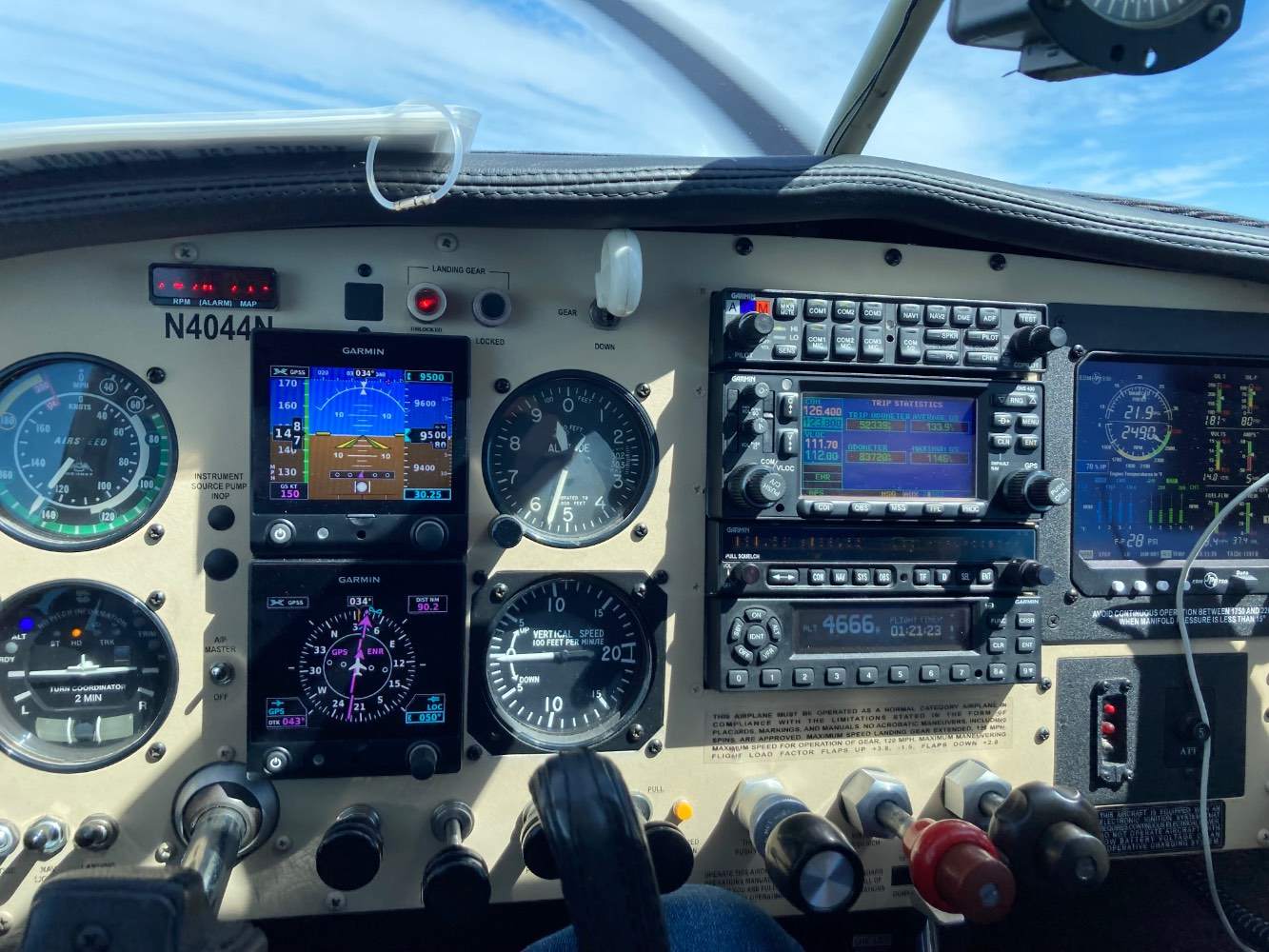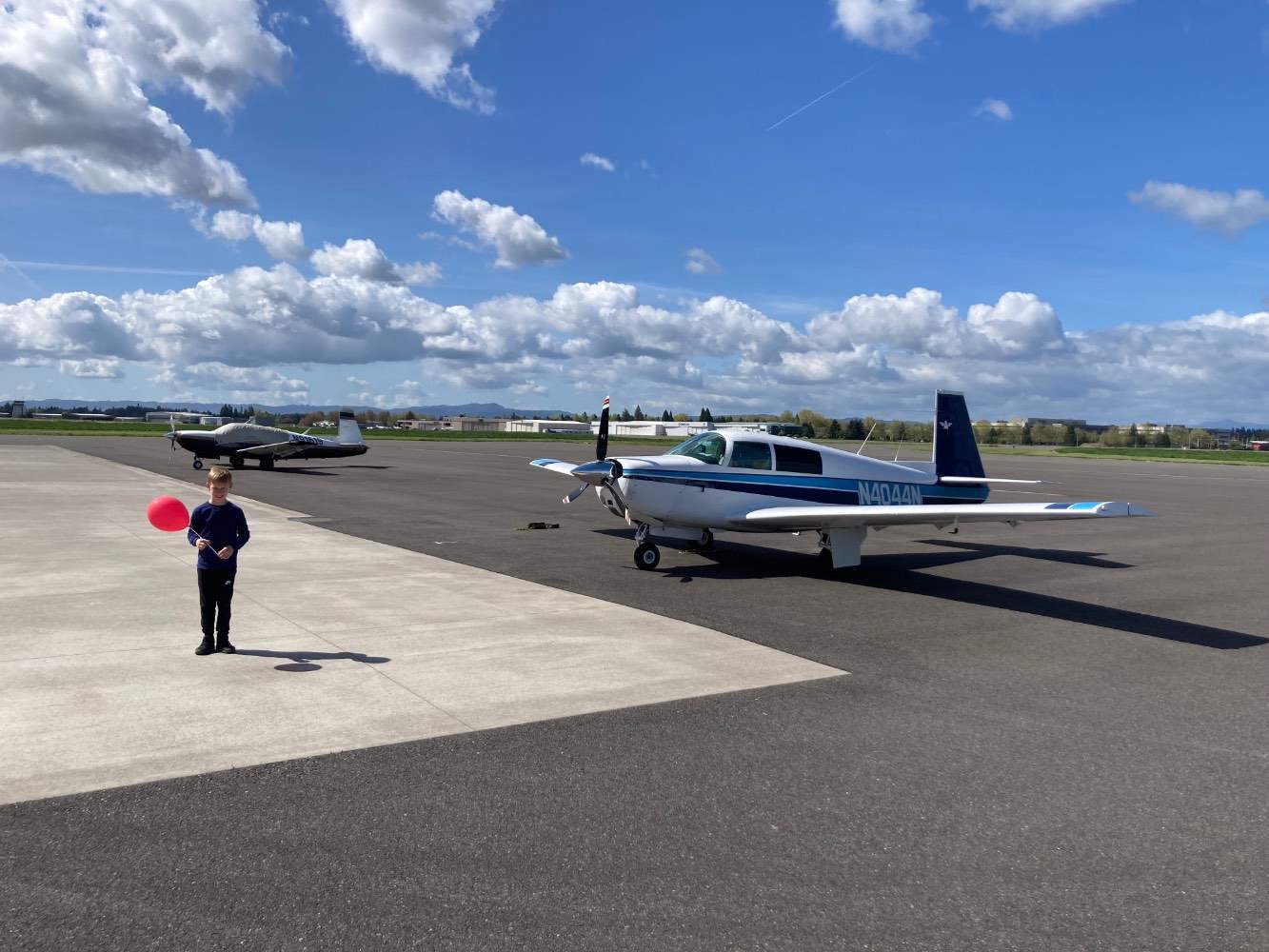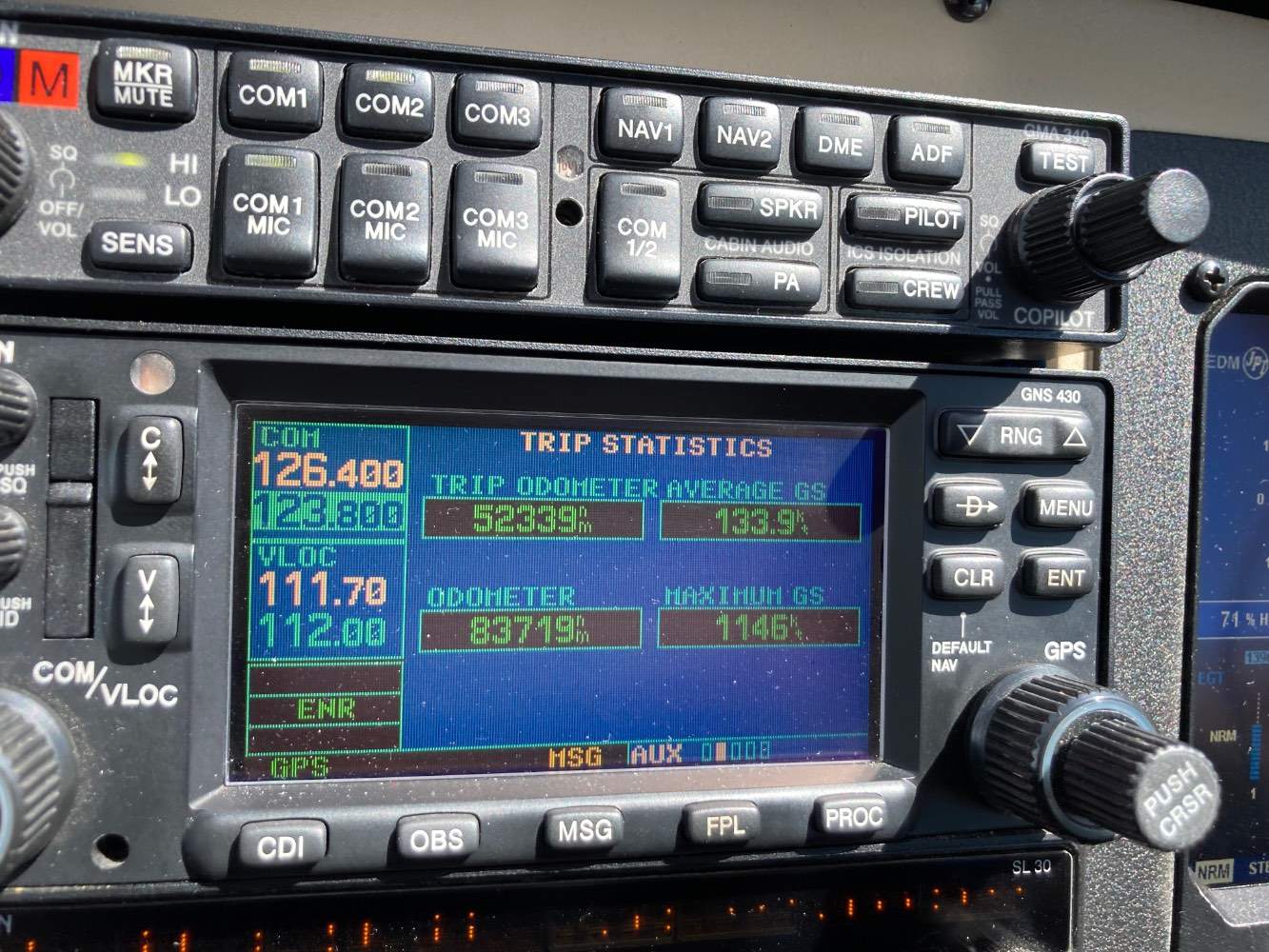-
Posts
5,451 -
Joined
-
Last visited
-
Days Won
25
Content Type
Profiles
Forums
Blogs
Gallery
Downloads
Media Demo
Events
Everything posted by Ragsf15e
-
I did ohare once (not in a Mooney). I’ll try to dig up a picture, but I might get heckled for putting up a 20year old pic on “today’s flight”. Anyway, loved the Chicago controllers too! Very good, professional, but also, a good sense of business (no messing around)! Views of the skyline and lake were amazing.
-
My 20/1 gears failed the AD in 2015 at a major MSC. Luckily, they were available from laser at the time, so I have “new” 40 to 1 gears in there. I don’t know what the maintenance on them was like before that, because that was my first annual. However, they will eventually wear out. Especially the 20 to 1 gears.
-
Yeah I’ve been waiting for this one to crop up… Do you currently have a set of 20:1 that is worn out? If they are serviceable, you can keep using them. If not, you might look at salvage yards for a set of serviceable gears (either old or new). Even with the new ones (which makes moving the gear more gentle/slower), you still have the recurring AD for inspection and lube.
-
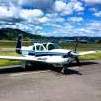
Hard / no start discussion - SOS Problems?
Ragsf15e replied to 33UM20C's topic in Vintage Mooneys (pre-J models)
Since you have an E, I’ll throw this out there (but we have plenty of threads on it already)… is it specifically “hot” starts your airplane struggles with? If so, what is your hot start technique? There are lots of ideas and techniques, but I personally will use my hot start technique anytime the airplane has already been run that day - ie, taxi to fuel, shutdown, restart = hot start technique. Injected airplane engines are notorious for being finicky to start when “hot”. They will start just fine, but may need a different technique than the first start of the day. -

A question of winds, geometry, TAS vs GS, and the G1000
Ragsf15e replied to Ragsf15e's topic in Avionics/Panel Discussion
Yes, they are perfect when more aligned with the track. The IAS does have a small correction, but it’s basically unnoticeable clean/cruise. It’s only when there’s a large crosswind component that this becomes noticeable. I think @EricJ had it right in the way garmin does the trigonometry doesn’t necessarily work out well between the heading, course, and wind components with a perfect crosswind. -

A question of winds, geometry, TAS vs GS, and the G1000
Ragsf15e replied to Ragsf15e's topic in Avionics/Panel Discussion
Maybe there’s something to your “tacking into the wind”… with this one I’ve got a headwind that’s giving me added groundspeed?? Since when does a 7kt hw component net a 10kt increase in groundspeed?? -
I’m glad you found it and I’m glad the initial fix is relatively easy. Sorry about the atf being used. Just so you’re aware, refilling and bleeding the hydraulic system on a Mooney isn’t rocket science, but it’s also not exactly easy if you’ve never done it. There are a few different techniques, but there are several common areas where you can get bubbles and end up with a soft brake or flaps that don’t work. I’d use google and find one of our many threads on brake bleeding before attempting it.
-

The M20F Performance Benchmark thread.
Ragsf15e replied to Shadrach's topic in Vintage Mooneys (pre-J models)
I sort of doubt we’ll be able to see a difference, but it might be nice to include significant alterations to the airplane (TN , io-390, weight definitely need documented). Are you 2 blade prop, stock cowl and windscreen? I’ll try for a similar weight climb test, but it looks like you beat me by a little and I’ve got a 201 windscreen and 3 blade prop… -
My F did that to me once. Only time in 10 years that she stranded me, and it only ended up being one day! Mine was indeed an O ring in one of the master cylinders for the brakes just above the left exhaust cavity (there’s no exhaust there). Relatively easy fix for the mechanic I found who helped me. I also have an F with the J windscreen. My hydraulic reservoir is still on the upper firewall inside the cockpit directly in front of the pilot. If you contort and lay under the pilot side instrument panel, you can just see it. Taking out the seat helps. Luckily, that shouldn’t be necessary! Someone put a fill tube and breather tube with valves through the firewall into the engine compartment directly in front of the pilot. Easy to access there. No guarantee yours is the same however.
-
Huh, my F has the SS attached to the firewall behind the #4 cylinder. Do all Js have them in the cockpit? Maybe provide a little protection?
-

The market just got a little tighter. Omaha NB
Ragsf15e replied to Schllc's topic in General Mooney Talk
Damn, that’s terrible. I hope nobody was hurt, but even the loss of those airplanes hurts me. -
Same fluid reservoir for your brakes and the parking brake valve (although that generally drips right onto the pilots feet). Are you sure it’s the flaps? @Shadrach
-
In the Strike Eagle, there was some weird airflow around the canopy, and a lot of bird strikes ended up hitting the wso in the face. There was a particularly interesting one at RAF Lakenheath back in the 90s where they were low level at 500’/500kts and took a duck. It went through the canopy and the pieces of (now fluid) duck and canopy hit the wso in the face. He was blind, couldn’t hear or talk to the pilot and thought they were about to hit the ground, so he ejected. now, normally there’s a switch in the backseat that is armed on takeoff, which makes the ejection system eject both crewmembers. However, either it was moved in the birdstrike flail, or it was never armed, because only the backseat went. Meanwhile, the pilot was fine except now he had a convertible and no backseat. he ended up flying the jet to a nearby base and landing. Here’s a short discussion of it. I found on a quick search. https://www.valleyaviationsociety.co.uk/liberty-wing-vas
-
Hi, I’ve got the ones below for my F and they work well for me, however you’ll find a lot of variation (or claims at least) for different cruise speeds within the same model aircraft and same power settings. Compared to what others claim, my bird seems a couple knots slow, but then I have a 3 blade prop and tend to cruise pretty high. Yes, climb rate is conservative, but remember it’s an average all the way up. Even on long cross country flights, these are within a couple gallons and a few minutes. I can usually beat the time/fuel burn by a smidge. Good luck! Here’s a list of my 4 favorite profiles: Here are the details:
- 2 replies
-
- 3
-

-
- foreflight
- performance
-
(and 2 more)
Tagged with:
-
Fair enough, they do take some abuse there, but you can (carefully) straighten out the vanes. My last oil cooler lasted the life of the cooler. It just feels like a solution in search of a problem? But then I also love upgrading my airplane and they don’t always make sense:
-
(Sorry to thread divert) - Did you end up with a new trim switch or repair?
-
I’m just glad he didn’t dial it down!
-
I agree with your above to watch and wait. If it stays the same throughout this oil change, I’ll have my mechanic check the oil screen. That’s a good idea as he usually needs a little push to do that and I don’t do that myself.
-

Oil Leak on back of IO-360-A1A
Ragsf15e replied to MooneyMunnerlyn's topic in Vintage Mooneys (pre-J models)
What the other guys are saying nicely is that you’re not leaking a qt/4 hours. If you were, you’d be shocked at what the bottom of the airplane looked like. You’re likely leaking a tablespoon per 4 hours, but hot oil spreads very easily and makes a big mess. I’m not saying that your oil level doesn’t go down by a qt/4 hours. Actually that’s not terrible, but it’s unlikely caused by a leak. Oil can also go out the breather or through the exhaust valves. Blow by of the rings is pretty common and will significantly increase your oil loss. These things do use some oil. Now there’s absolutely nothing wrong with finding/fixing your leak (we all have small ones), but don’t expect it to change your oil use. Most of these engines use a qt/4-12 hours depending on cylinder type and age. -
Same oil (xc20w-50). No I haven’t ever put oil in my filter first, and I don’t think my IA does either. Interesting though be supposedly a “blockage” can increase it? The old models with the aluminum cowl are really easy to get back on by yourself. Maybe the whole top cowl is 5 pounds? I’m guessing the fiberglass ones are a little more heavy…
-
Another benefit of the rca is completely different software, ahrs type and “aiding” requirements from your gi-275s. I have looked at that as a great backup option as well.
-
Nope, in the past, oil change hasn’t been noticeable. I’m not sure this oil change is responsible, but strangely it only started immediately after it. Oil use is noticeable for me though as the oil “ages”. I have to add more per hour (slightly) as it gets old. However, the pressure was always the same.
-
For the last 2-3 years, my oil pressure was 74-76psi and 180-185 degrees in cruise. I have all the data from my edm930. Last Thursday I changed the oil (I do the grunt work and my IA spun on the filter and safety wired). Then on Saturday I flew a 2 hour cross country. Oil pressure 81psi the whole time, 180 degrees temp. Huh? Today I flew home, same thing. Any reason why it might change a little higher like that? Obviously it’s still perfectly in the green but it’s definitely different which has made me wonder… IO-360A1A
-
That’s really well done!
-
Another Mooney on the ramp in Hillsboro Oregon this weekend! A beautiful long body with tks. Definitely makes me jealous. I always miss out meeting the pilot too - he/she must have arrived after me? Real nice tailwind on the way back to Spokane. Apparently I broke the Mooney groundspeed record as well… at least my 430W thinks so!

